Debate: SBP and the monetary policy explained
Central bank economist says govt’s job is to keep fiscal deficit in check.
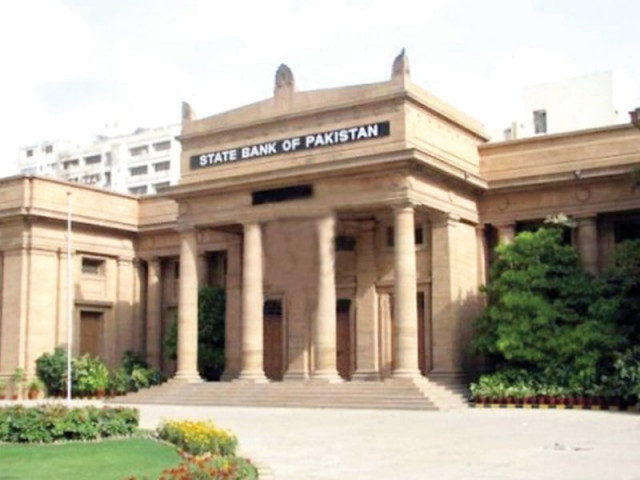
The government has appeared indecisive during the present crisis, so the central bank will have to step up and comfort markets that someone is at the wheel. PHOTO: FILE
According to Forbes Media Chairman Steve Forbes, most people find this topic utterly boring and dull. No one will try to strike up a conversation with you once they learn you are into monetary policy, Forbes quipped.
But as far as the Pakistan’s economy is concerned, many people who understand economics otherwise are quick to cast doubts on the efficacy of monetary policy tools at the disposal of the State Bank of Pakistan (SBP).
For example, they say that the credit to the government sector constitutes over 60% of the total outstanding credit of Rs10.4 trillion in Pakistan. This means changes in the key interest rate aimed at expanding or contracting money supply should mean little because the sovereign authority is itself the largest borrower anyway.
However, official statistics dating back to 1950 suggest that inflation in Pakistan has actually been a ‘monetary phenomenon’. What it means is that inflation in Pakistan during the last six decades has been roughly equal to the rate of broad money growth minus the real output growth.
In a research paper published by the Munich Personal Research Papers in Economics Archive last week, SBP Senior Economist Muhammad Nadim Hanif has detailed the monetary policy experience of Pakistan during the last five decades.

His research outcomes suggest that the standard deviations for inflation and growth in broad money – which includes currency in circulation, deposits with the SBP, scheduled banks’ demand deposits, time deposits and resident foreign currency deposits – have remained equal from 1951 and 2010.
In simple words, far from being irrelevant, monetary policy has actually provided ‘stable background for the economy’.
What is monetary policy?
Put simply, the SBP tries to achieve price stability in the economy by controlling the level of money supply through monetary policy.
It prints new notes and introduces them into the economy by buying government securities with them. Known as expansionary monetary policy, it results in more liquidity in the economy that people and businesses then use to buy increased volumes of goods and services. This leads to an increased economic activity and higher gross domestic product (GDP).
However, this can potentially pave the way for higher-than-targeted inflation in certain cases. In such a situation, the central bank opts for a tight monetary policy by pulling currency out of circulation and making credit expansive in the economy.
In words of economic writer Timothy B Lee, monetary policy is about striking the right balance between these two extremes: two little money leads to idle resources (recession) while too much money leads to rising prices (inflation).
According to Hanif, while overall objectives of monetary policy in Pakistan have remained the same, policy contents such as choice of instruments for controlling money supply have varied considerably over the years.
He says the SBP followed ‘monetarism’ in a bid to achieve monetary stability for the most part since its establishment. Monetarism is a school of thought that considers monetary policy to be the prime source of the business cycle.
For achieving the government-announced level of inflation, Hanif says broad money had been used as an ‘intermediate target’. But after changes in the economy weakened the relation between inflation and broad money growth by the end of 1980s, he says the SBP moved from monetary aggregate targeting to an eclectic approach.
“Based on past research studies on determinants of inflation, we can say that budget deficit, money supply, prices of imported goods, wheat procurement price, and expected inflation play an important role in generating inflation, while real income growth and openness play a significant role in dampening it,” he stated.
Hanif says it is up to the government to keep fiscal deficit in check and use ‘least inflationary’ mix of deficit financing, as it carries direct implications for monetary management and inflation.
The writer is a staff correspondent
Published in The Express Tribune, December 29th, 2014.
Like Business on Facebook, follow @TribuneBiz on Twitter to stay informed and join in the conversation.


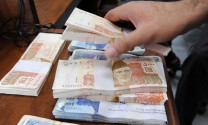

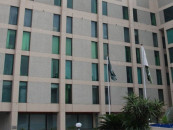


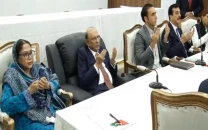

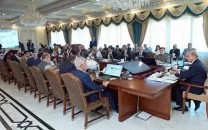
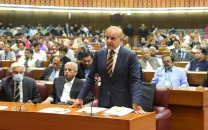
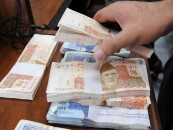







COMMENTS
Comments are moderated and generally will be posted if they are on-topic and not abusive.
For more information, please see our Comments FAQ